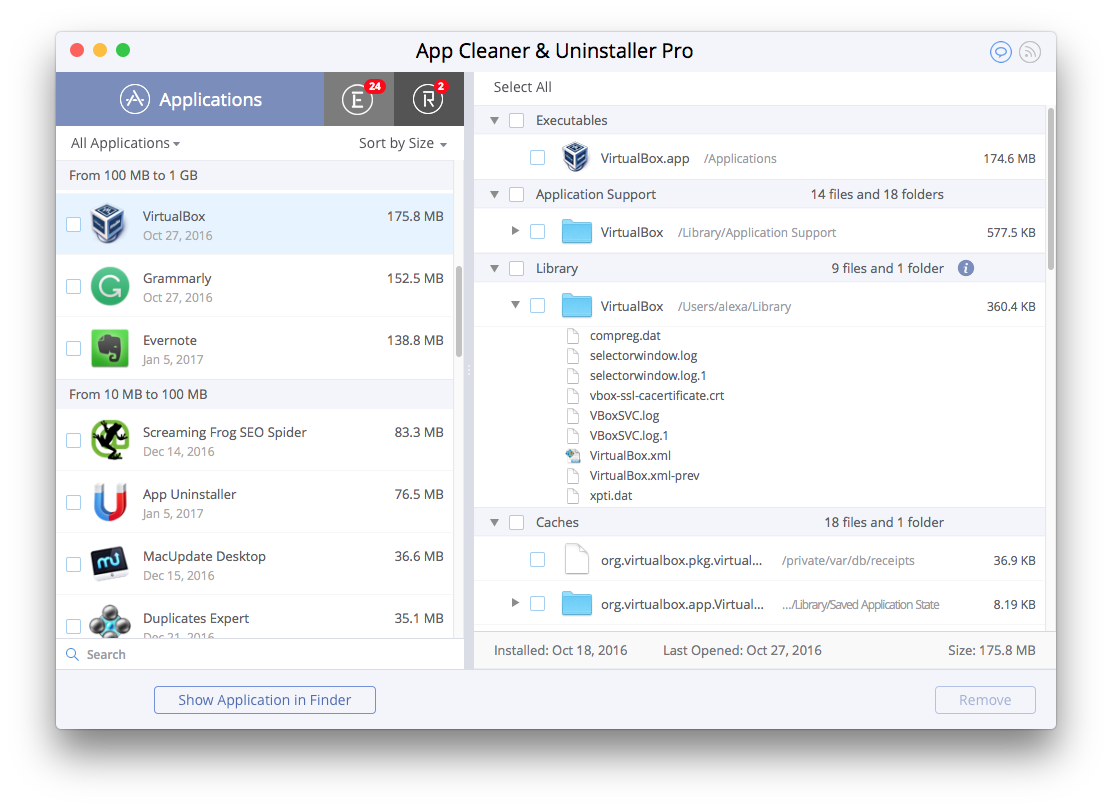Uninstaller For Mac
Office 365 customers get the new Office for Mac first. You’ll have Office applications on your Mac or PC, apps on tablets and smartphones for when you're on the. Microsoft office 2017 for mac. Microsoft Office for Mac 2017 Product Key Microsoft Office for Mac 2017 Product Key. Unmistakably Office made for Mac. Do your work—anywhere that is better, anytime and with anyone. Office 2017 for Mac has become available with an Office 365 membership so that as a purchase that is one-time. Get going quickly with new, modern variations of. Choose your Office Office – even better with an Office 365 subscription. Get Office apps on your PC or Mac, an optimized experience across tablets and phones, 1 TB of OneDrive cloud storage, and more, so you have the power and flexibility to get things done from virtually anywhere.

DoYourData MacUninstaller is a smart Mac uninstaller that can completely remove unwanted applications. It also can remove the unwanted languages of the application. Aug 09, 2019 The simplest way to uninstall Malwarebytes from a Mac is to use the apps built-in uninstaller: Open the Malwarebytes app on the Mac, found in the /Applications folder Pull down the “Help” menu and choose “Uninstall Malwarebytes” Choose “Yes” when asked if you want to completely remove Malwarebytes from the Mac. Nov 16, 2011 Uninstaller is a Mac OS X native software that allows you to uninstall applications or just find changes made in a disk or folder by taking snapshots of file system hierarchy and comparing them between two dates. The uninstaller is downloaded to the Downloads folder of your browser by default. In Safari, choose Window Downloads. If you are using Mac OS X 10.7 (Lion), click the Downloads icon displayed on the browser. In Mozilla, choose Tools Downloads. Sep 18, 2019 Hazel, Nektony App Cleaner & Uninstaller, and AppCleaner are probably your best bets out of the 8 options considered. 'Cleans up after uninstalling an application' is the primary reason people pick Hazel over the competition. This page is powered by a knowledgeable community that helps you make an informed decision. To uninstall the Symantec Endpoint Protection client for Mac earlier than 14. For a version of Symantec Endpoint Protection earlier than 14, you uninstall the Symantec Endpoint Protection client for Mac with the Symantec Uninstaller. This tool is included on the installation file for earlier versions, and is in the SEPMAC folder.
Free App Uninstaller For Mac
Advertisement
Removing programs from a Macintosh can be very easy. In many cases, all you have to do is drag the application's icon to the Trash. Sometimes, though, applications store the files they need to run in other locations on your computer's hard drive, and finding them can take some detective work. If you are used to the uninstall option in Windows, you have a little culture shock — macOS does not have this feature built in.
Why would you want to uninstall a program? For the same reason you occasionally tidy your office or clean your garage. Clutter breeds inefficiency. Applications take up space on your hard disk and can slow your computer. Also, a new version of a program may not work correctly unless you get rid of the old one [source: Ritchie].
Most of the time, uninstalling is this simple:
- Exit the program you want to delete.
- Open the Applications folder, which you'll find by opening a new window in the Finder, or clicking on the hard disk icon.
- Drag the icon of the program you want to uninstall to the Trash.
- Empty the Trash.
Uninstaller For Mackeeper
When files for the application you want to delete are all stored in one location, dragging the icon to the Trash will take care of most of the work. In Mac talk, apps like this are 'bundled.' To see the files in an application's bundle, click on its icon while holding down the Control key. You should see an option that says, 'show package contents.' Uninstalling applications downloaded from the Mac App Store is even easier — just delete the application from the Applications Folder and its accompanying folder in UserLibraryContainers [source: Tanous].
For some other programs, removal is more complicated. When installed, these programs create files in several locations, often in the System Folder. The first step in removing them is to check the program's documentation to see if there is an uninstall utility. If your program has an uninstall utility associated with it, it may have been installed with the program or included on the disk that came with it. If you downloaded a disk image to install the software, sometimes you'll find an uninstaller there. Running an uninstall utility can make removing a program much easier.
You should be aware that removing an unbundled program by moving it into the Trash can leave behind orphan files on your computer. Preferencefiles are usually small and you might want to ignore them if you're just trying to free up disk space. Background files or support files can be larger, especially for multimedia programs like GarageBand [source: MacRumors]. These files are likely to reside in Library folders in your hard drive or Home folder. They will usually be labeled with the name of the program, like Office or Acrobat, or the developer, such as Microsoft or Adobe. You can search for the relevant names using Spotlight, which is included with the Mac OS. Drag the files you find to the trash to get rid of them [source: Tanous]. .
Mac Uninstall Programs
Check out the next page for tips to make your uninstallation go even more smoothly.